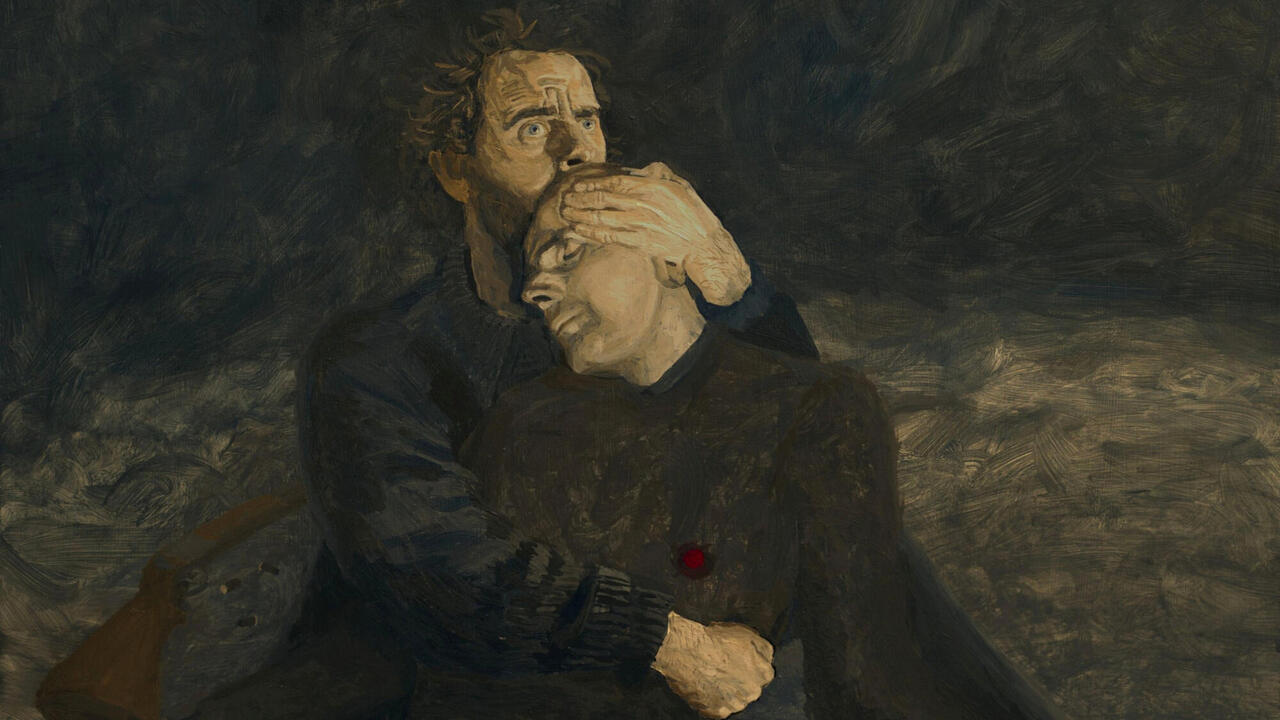The Trouble with ‘Affect Theory’ in our Age of Outrage
Affect theory is a carefully constructed blind spot, writes Susanne von Falkenhausen, blind to its own ideologies
Affect theory is a carefully constructed blind spot, writes Susanne von Falkenhausen, blind to its own ideologies

In his novel Another Country (1960), James Baldwin described not only the desperation of black lives in a racist society but also, with a kind of desperate empathy, the desperation of a white man trying to love a black friend, or a black woman a white man amidst sexual and racial discrimination. Baldwin’s was a position far less divisive than today’s pseudo-radicalisms about identity. It combatted divisions and delved deep into the emotions of anxiety underpinning them.
Baldwin described well the effects of this anxiety on the individual. Today, in its collective version, this anxiety is the driving force of a politics battling with racism, sexism, exploitation and ecological collapse. This anxiety also has transformed art. Looking at art has become a guilt-ridden occupation. I ask myself: which art do I choose to look at? So-called ‘fine art’, or the art produced to rouse us against capitalism? Strangely enough, fine art has become somewhat boring to me. I wonder if I have been desensitized by the strategies of art and its curating devised to rouse the comfortable into battle, as could be seen at documenta 14 (2017).
These strategies often choose affect as their means of (at)traction. Affect, in the ontological version of affect theory that follows Gilles Deleuze, has gained a huge following in culture, art and media. Unlike emotion, which is social, and feeling, which is personal, affect is considered pre-personal: a nonconscious experience of intensity (as Eric Shouse wrote in M/C Journal in 2005). As such, it is a vaguely collective experience, linking the affective turn with a concept, equally vague, of political collectivity and identity. In texts promoting the affective turn you find an unusual quantity of declarative sentences (a marker of ontological thinking). Some examples of its buzzwords, taken from philosopher Brian Massumi’s ‘Keywords for Affect’ (2015): ‘intensity’, ‘event’, ‘body’, ‘vitality affect’, ‘autonomy of affect’, ‘shock’, ‘pure experience’, ‘affective politics’. These terms fit all too well for what frequently is associated with the visual arts, that is, everything that can’t be put into words. Shock: a century-old keyword for avant-garde practice. Pure experience: looking at the ‘pure’ painting of high modernism. Intensity and vitality: linked with all forms of expressionism. Event and body: linked with performative practices. And these ‘affects’ are supposed to happen independently from cognition, reason, language or representation. Watered down from the radically anti-humanistic Deleuzian ontology, affect has become a lifebelt against the helplessness felt in confronting the miseries of a postcommunist, post-colonial, post-human, post-digital and neo-capitalist world.
At the World Economic Forum in 2016, Olafur Eliasson stated: ‘One of the great challenges today is that we often feel untouched by the problems of others and by global issues like climate change, even if we could easily do something to help. We do not feel strongly enough that we are part of a global community, part of a larger we. [... Art] can make the world felt. And this feeling may spur thinking, engagement, and even action.’ In his enormous installation (Ice Watch, 2014, with Minik Rosing) of real (!) blocks of arctic ice he tried to put this into practice. I saw the last trickles of these melting blocks in front of Tate Modern in London in December 2018 and did not feel a thing, though I wondered about the ecological costs of transporting these blocks to Copenhagen (2014), Paris (2015) and London (2018–19).
A 2017 panel at London’s Whitechapel Gallery about curating asked: ‘How do curators deploy, stimulate and mobilize emotional states? If affect operates independently from meaning, identity or thought, on the level of pre-conscious physical responses and resonances, how might focusing on it challenge and complicate understandings of curating and curatorial approaches?’ When I read this, my feeling (or affect) of aggression raises its unreasonable head. I do not want my emotional states deployed, mobilized and stimulated. They are active anyway, just being alive. I do not want them controlled and capitalized – by anybody.
Why is it ignored that the mobilization of affect is part and parcel not only of advertisement but of political populism and other forms of taking people for fools? How can affect possibly be thought of as a politically subversive, critical force? What is the use of affect theory for the producers, curators and commentators of art and culture? Affect is defined as something that transgresses the limits of the human subject: an energetic exchange between materials, humans and animals that is independent of cultural and social conditioning and therefore makes two promises in our age of crisis of the anthropocene. First, the promise of an alternative to human dominance. (Documenta 13 in 2012 made reference to this promise when Carolyn Christov-Bakargiev called for the emancipation of strawberries and dogs.) Second, a new way to think the political: the global commons, a collectivity driven by affect, as proposed by documenta 14. Affect gets its subversive promise from the proclaimed uncontrollability of its movements.
Affect as theory is a carefully constructed blind spot. It conceals its own ideological qualities – and this, again, is a marker for all ontologies. Applied to art, it is a symptom for the old dream of merging art and life, a desire that paradoxically implies that each – art and life – is the other of the other. But artists are, especially where political realities are concerned, inevitably in a very non-ontological observer’s position. Whether art extends its grasp on life through documentary formats or by developing models of social participation, or proposes video as an affective medium per se (as in the video-ontology of Maurizio Lazzarato and Angela Melitopoulos), or embeds itself in practices of activism, or all of this together, there remains a difference. Perhaps the problem for art that seeks its foundation in affect, for its makers and curators, lies in the way this difference between art and life is considered. Think of it as a gap and you then have to jump over to the other side, leaving behind you a void and, in the end, art itself. But think of it as a difference and you can install a dialogue.
This article first appeared in frieze issue 204 with the title ‘Pity the Fool’
Main image: Olafur Eliasson and Minik Rosing, Ice Watch, 2014, installation view, Place du Panthéon, Paris, 2015. Courtesy: © the artist, neugerriemschneider, Berlin, and Tanya Bonakdar Gallery, New York/Los Angeles; photograph: Martin Argyroglo






















